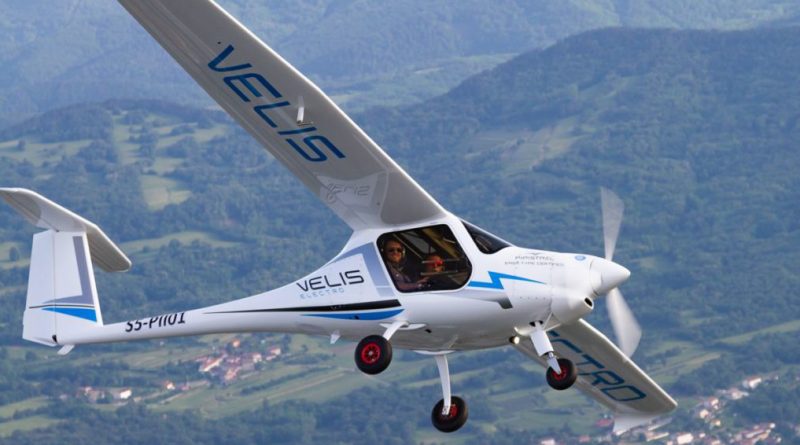Pipistrel electric plane becomes first to get European type approval
Slovenian light aircraft manufacturer Pipistrel’s new electric microlight has become the first to gain type approval from the European Union Aviation Safety Agency (EASA). That means the company can now sell the new Velis Electro to paying customers.
The two-seat, high-winged aircraft is designed as a primary trainer, but Pipistrel says it offers flying schools a “drastic reduction in the operating costs”, which will hopefully be passed on to student pilots.
Up front, the plane has a ‘TC’ electric motor, which turns a three-blade propeller. The engine has received its own type approval, proving its safety thanks to its liquid cooling. That extends to the batteries, too, and the whole system demonstrated the ability to withstand faults, battery thermal runaway and crash loads as part of the certification process. Pipistrel now hopes to sell the system to other aircraft manufacturers hoping to install electric power in their fleets.
“The type certification of the Pipistrel Velis Electro is the first step towards the commercial use of electric aircraft, which is needed to make emission-free aviation feasible,” said Ivo Boscarol, founder and CEO of Pipistrel Aircraft. “It is considerably quieter than other aeroplanes and produces no combustion gases at all. It confirms and provides optimism, also to other electric aircraft designers, that the type certificate of electric engines and aeroplanes is possible. The engine, which Pipistrel type-certified separately, is also available to other aircraft OEMs.”
Dominique Roland, head of the general aviation department at EASA, said the Velis Electro was a “groundbreaking” project.
“For EASA, the type certification of this aircraft marks a significant dual milestone,” he said. “On May 18 2020 we type certified its engine as the first electric engine – now we have followed up with the first type certification of a plane flying that engine. This was a truly ground-breaking project which has yielded many learnings for the future certification of electric engines and aircraft, undoubtedly a growth area in coming years in line with the aims of environmental protection.”
